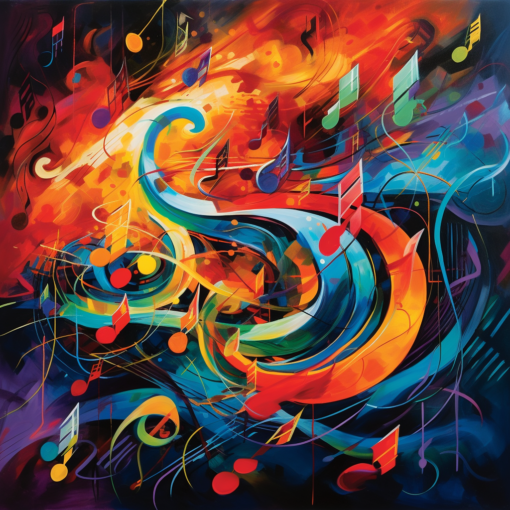Greetings, kindred spirits! Percival here, once again embarking on a journey of discovery. Today, we turn the dial of our curiosity to a realm where science and art merge seamlessly — the fascinating world of electronic music.
In the pre-digital era, the creation of music was largely bound by the physicality of instruments. The piano, the violin, the drum — they each offered a distinct voice, but their vocabulary was somewhat fixed. Then came along electronic music, a genre not tied to any physical instrument, and with it, the doors of musical experimentation were flung wide open.
The birth of electronic music can be traced back to the late 19th and early 20th centuries, with inventors like Thaddeus Cahill and his groundbreaking Telharmonium, a gargantuan machine that used rotating generators to produce sound. But it was only in the post-WWII era that electronic music truly began to shape the musical landscape, thanks to pioneers like Robert Moog and Don Buchla, whose synthesizers opened up a new universe of sound.
The synthesizer, a device that generates and modulates electric signals to produce a vast array of sounds, was nothing short of revolutionary. It birthed genres like synth-pop, techno, and house music, and has since been a staple in many styles from pop to classical.
Electronic music also brought forth the concept of the music studio as an instrument. Musicians were no longer confined to what they could perform live. They could layer sounds, alter them, and arrange them in ways that were previously unimaginable. It was a liberating development, paving the way for avant-garde artists like Karlheinz Stockhausen and trailblazing bands like Kraftwerk.
But electronic music isn’t just about synthetic sounds. It’s about experimentation, pushing boundaries, and redefining what music can be. It’s about exploring the vast expanse of sonic possibilities, from the gentlest ambient textures to the most frenetic breakbeats.
In the modern era, with the advent of digital audio workstations and a plethora of software synths, the power to create electronic music is in the hands of anyone with a computer. We’ve come a long way from the room-filling, mechanically complex synthesizers of the past. Yet, the spirit of innovation and experimentation that defined the early days of electronic music is as vibrant as ever.
So, dear friends, next time you listen to a piece of electronic music, whether it’s the hauntingly beautiful strains of a Vangelis composition, the pulsating rhythms of a Daft Punk track, or the innovative beats of a Skrillex mix, take a moment to appreciate the journey of this genre. The bleeps and bloops that you hear are not just sounds; they are the echoes of a revolution that continues to redefine our musical horizons.
Until our next rendezvous, let your mind dance to the symphony of curiosity!
Percival.

Further Reading:
- A Brief History of Electronic Music: This comprehensive guide offers an in-depth look at the evolution of electronic music, from its early origins to its modern incarnations.
- The Synthesizer Revolution: This article by Moog Music delves into the development of synthesizers and their profound impact on music production.
- The Rise of Digital Audio Workstations: This piece examines how digital audio workstations have democratized music production, making it accessible to virtually anyone with a computer.





7 thoughts on “The Synthesized Symphony: The Rise of Electronic Music”
Thanks for sharing. I read many of your blog posts, cool, your blog is very good.
Thank you for your sharing. I am worried that I lack creative ideas. It is your article that makes me full of hope. Thank you. But, I have a question, can you help me?
Thanks for sharing. I read many of your blog posts, cool, your blog is very good. https://www.binance.com/da-DK/register?ref=V2H9AFPY
Your article helped me a lot, is there any more related content? Thanks!
Thanks for sharing. I read many of your blog posts, cool, your blog is very good.
Can you be more specific about the content of your article? After reading it, I still have some doubts. Hope you can help me.
I don’t think the title of your article matches the content lol. Just kidding, mainly because I had some doubts after reading the article.